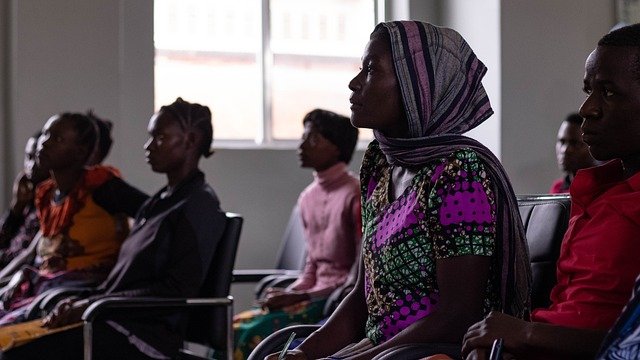Public health access and community resilience
Access to public health services and the capacity of communities to bounce back from shocks are interdependent. This article examines how demographic shifts, urbanization, aging populations, migration, inclusion and diversity, and socioeconomic factors shape equitable health access and collective resilience across different contexts worldwide.

Access to public health services and the capacity of communities to withstand and recover from crises depend on a web of social, economic, and infrastructural factors. Demographics and population distribution affect where clinics, outreach programs, and health workers are most needed, while urbanization and migration alter demand patterns. Community resilience emerges not only from emergency planning and healthcare capacity, but from long-term investments in inclusion, housing, education, and connectivity that sustain wellbeing under stress.
Demographics and urbanization trends
Population size, age structure, and the pace of urbanization determine service needs and delivery models. Rapid urban growth concentrates demand in cities, often outpacing infrastructure and producing informal settlements with limited sanitation, health facilities, or stable employment. Rural depopulation can leave remaining residents with reduced access to primary care as providers consolidate. Planning that integrates demographic projections with zoning, transport, and health workforce strategies helps align services with where people live and work.
Aging populations and migration patterns
Aging societies require more chronic disease management, long-term care, and accessible facilities, while migration creates mixed service needs tied to mobility, language, and legal status. Host communities may experience strain on acute services, yet migrants and older adults often face barriers to preventive care. Policies that incorporate geriatric services, culturally competent care, mobile clinics, and cross-border health coordination can reduce gaps and improve outcomes for both stationary and mobile populations.
Inclusion, diversity, and social cohesion
Inclusion and diversity shape whether everyone can obtain health services and participate in preparedness efforts. Social cohesion supports mutual aid, accurate risk communication, and coordinated local responses during emergencies. Conversely, exclusion based on ethnicity, language, disability, or socioeconomic status undermines trust and reduces uptake of services. Community-driven engagement, multilingual outreach, and inclusive governance practices strengthen ties among diverse groups and enhance collective capacity to respond to public health threats.
Inequality, housing, and education access
Inequality intersects with housing quality and education to influence health risks and resilience. Overcrowded or insecure housing elevates communicable disease transmission and complicates isolation measures. Educational attainment affects health literacy, employment prospects, and the ability to navigate health systems. Interventions that combine affordable housing, school-based health programs, and adult education improve prevention, early detection, and the socioeconomic foundations of community resilience.
Health systems, civic labor, and services
Health workforce distribution, civic institutions, and service design are central to access. Public health systems that integrate primary care, preventive programs, and emergency response can adapt to shocks more effectively. Civic labor—including volunteers, community health workers, and local NGOs—fills critical gaps when systems are stressed. Sustainable investment in training, fair labor practices, and decentralized service delivery enhances responsiveness and reduces reliance on last-minute crisis measures.
Connectivity, culture, and community resilience
Digital and physical connectivity influence resilience by enabling information flow, telehealth, and supply chains. Cultural norms and local knowledge determine how communities perceive risk and adopt protective measures. Strengthening broadband access, public transport, and culturally informed communication channels supports both routine care and emergency coordination. When connectivity is paired with respect for local cultural practices and community leadership, interventions are more acceptable and effective.
Conclusion Building equitable public health access and robust community resilience requires integrated strategies that reflect demographic realities and social diversity. Policies should bridge healthcare, housing, education, labor, and connectivity so that services reach aging, mobile, and marginalized populations. Emphasizing inclusive governance, local capacity, and adaptable health systems helps communities prepare for and recover from disruptions while promoting long-term wellbeing.





